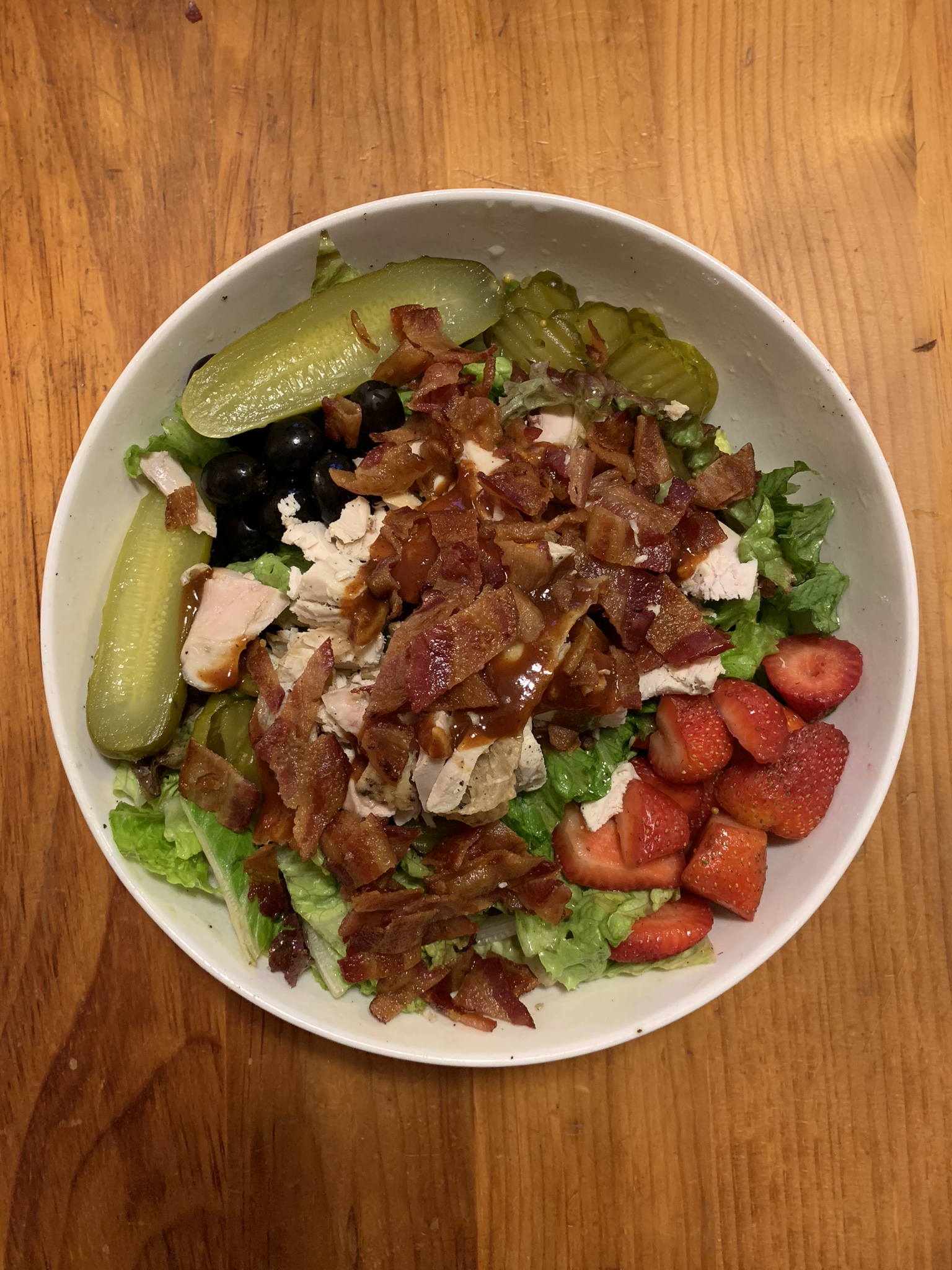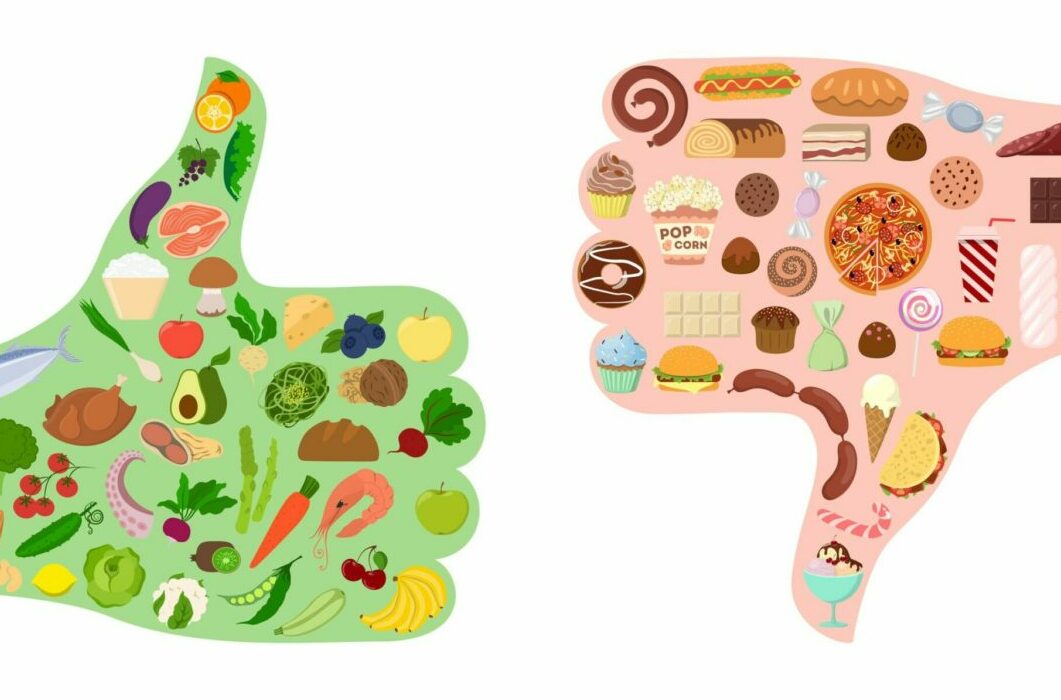
Foodborne illness outbreaks are almost always preventable. However, there are some things you can do to minimize your risk. You can reduce the risk by practicing good hand hygiene. This means that you should wash your hands after handling food. This will keep pathogens from spreading and contaminating other foods. For 20 seconds, wash your hands with soap and water. Check to ensure that the food you are eating is cooked properly if you are dining out. You can toss it away if you are unsure if a dish is safe.
You should not only practice good hygiene but also be mindful of what you eat. Consuming raw meat, poultry, eggs, shellfish, and seafood can result in food poisoning. Avoid eating raw meat, poultry, eggs, shellfish and seafood to avoid food poisoning. Before you use fruits or vegetables, be sure to wash them thoroughly. Depending on your state's regulations, you may be eligible to receive a free virtual doctor appointment within 15 minutes of having your meal.
In addition to washing your hands thoroughly, be aware of the temperature of the food you're eating. Toxins and bacteria can be present in raw meat, fish, or poultry. To kill harmful pathogens, ensure that all dishes are thoroughly cooked. If in doubt ask for another plate. If you're eating at a restaurant, make sure to wash your hands thoroughly before preparing the food. You should refrigerate perishable products as soon as possible. If you aren't sure what symptoms to expect visit your urgent care or emergency room.

Keep your hands clean and don't touch food. Food manufacturing can introduce bacteria and viruses to food. These bacteria may come from the kitchens or farms that grow the food. Handling food can also spread the germs. Even the freshest food can be contaminated. So, it is important to keep these factors in mind and follow the correct hygiene practices. This will prevent you from getting food poisoning.
The symptoms of food poisoning vary from mild to severe. These symptoms can occur immediately after eating contaminated foods or may take up to a few hours. You should also wash your hands after handling raw food. It's best to avoid placing raw meat on the counter or in sinks. This increases the chance of food poisoning and the possibility of getting the bacteria. If you have eaten the food already, you are still at risk of getting it from someone else.
Washing your hands well is the best way to prevent food poisoning. Washing your hands frequently is not enough. You also need to avoid food containing raw meats or dairy products. Avoid touching foods that have been heated for too long. For instance, when preparing meat, the bacteria will live longer on your hands, so it's crucial to wash your hands before you eat it.
Refrigerated and frozen food should never be served. Washing fruits and vegetables properly is a must. Washing fruits and veggies properly is important when you are cooking. These foods may contain bacteria. Wash them thoroughly before you start to prepare them. A paper towel or a cloth is the best way to prepare them. A kitchenmat is a great place for food storage.

Eat out often to reduce your risk of food poisoning. Make sure to eat at a trusted restaurant and get a good steak. If you're preparing food at home, make sure to avoid preparing it yourself. Your food may not be safe. Also, ensure your food is cooked correctly and checked for signs of bacteria contamination.
Food poisoning symptoms include nausea, vomiting, and cramping. Although these symptoms can appear up to 24 hours after eating, they are usually temporary. If you have just returned from a recent trip, ensure that you take your food with you in a cooler or an insulated plastic bag. Traveling by car? Make sure it's air-conditioned. You can also bring water if you have a limited budget. It will help you stay hydrated, and prevent salmonella.
FAQ
How often do people fast regularly?
Most people who follow a ketogenic diet fast once per week. Some people fast twice weekly. Others fast three or more times per week.
There are many lengths to fasting. Some people fasted for 24 hours and others for 48 hours.
Some people can even travel for up to 72 hours. But these extreme cases are very rare.
What should I eat during intermittent fasting to lose weight?
Cutting out carbs is the best way to lose weight. This means you have to cut back on carbs such as bread, pasta rice, potatoes, and any other carbohydrate-based food.
Because it makes you feel fuller, you'll want to limit your intake of protein. You won't feel as hungry.
Focus on foods rich in healthy fats like olive oil, avocado, nuts and seeds. These foods keep you satisfied even after hours of eating.
It is vital to ensure that you are drinking enough water. Hydration is key to burning fat.
It is possible that you will find yourself craving these foods while you are fasting. This doesn't mean that you must give in to your cravings. You could gain more weight than what you lose if you do.
You can avoid overeating by being mindful of how much water you consume each day. When hunger strikes, drink a glass of water instead of reaching for another snack.
This may seem counterintuitive. However, it's been shown to help you slim down. A study published online in Obesity revealed that people drank more plain water than they did sugary drinks.
In addition, drinking plain water helped reduce feelings of hunger. Don't drink sweetened beverages if your goal is to lose weight. Stick to water.
You don't have to eat every calorie or avoid certain foods if you are trying to lose weight. Instead, you should make small lifestyle changes.
For example, you can start by swapping your usual breakfast sandwich for a bowl of oatmeal. Alternately, you can swap your afternoon cookie with a piece de fruit.
These simple changes will help you shed weight quickly and without spending a lot of time in the kitchen.
How to make an exercise plan?
First, create a routine. It is important to plan what you will do each morning and how much time you will be doing it. This helps you plan and prevents procrastination.
A second important thing to do is ensure you have lots of variety when it comes to your exercise routine. You don't want your exercise to be monotonous.
Also, you need to keep track on your progress. It's important to see how much weight you have lost or gained over time.
It's easy for people to lose motivation when they start by losing weight. On the other hand, if you gain too much weight, it becomes harder to stay motivated.
Find a healthy balance between losing weight and gaining weight. If you're not happy with where you are, then you'll be less likely to continue exercising.
Statistics
- According to a study sponsored by the American Council on Exercise, a person weighing around 140 pounds (64 kg) would burn 108 calories at a 30-minute beginner's Pilates class or 168 calories at an advanced class of the same duration (26). (healthline.com)
- One 6-month study showed that simply doing 11 minutes of strength-based exercises 3 times per week resulted in a 7.4% increase in metabolic rate, on average. (healthline.com)
- A 12-week study in 20 women with obesity found that walking for 50–70 minutes 3 times per week reduced body fat and waist circumference by an average of 1.5% and 1.1 inches (2.8 cm), respectively (healthline.com)
- According to Harvard Health, it's estimated that a 155-pound (70-kg) person burns around 167 calories per 30 minutes of walking at a moderate pace of 4 mph (6.4 km/h) (5). (healthline.com)
External Links
How To
How to exercise for weight loss
It is one of best ways to lose weight. However, many people do not know how to exercise correctly. You should do cardio exercises, such as swimming, running, walking, swimming, etc., as well as strength training exercises, such as pulling up, pushingups, pull-ups and lunges. Combining these two types is the best way for you to lose weight. Find friends who are open to joining you on your exercise journey. You have two options: you can join a gym or just walk around your neighborhood. No matter which type of activity, you need to be consistent with it. It's easy not to stick with a routine when you first start working out. Keep going.